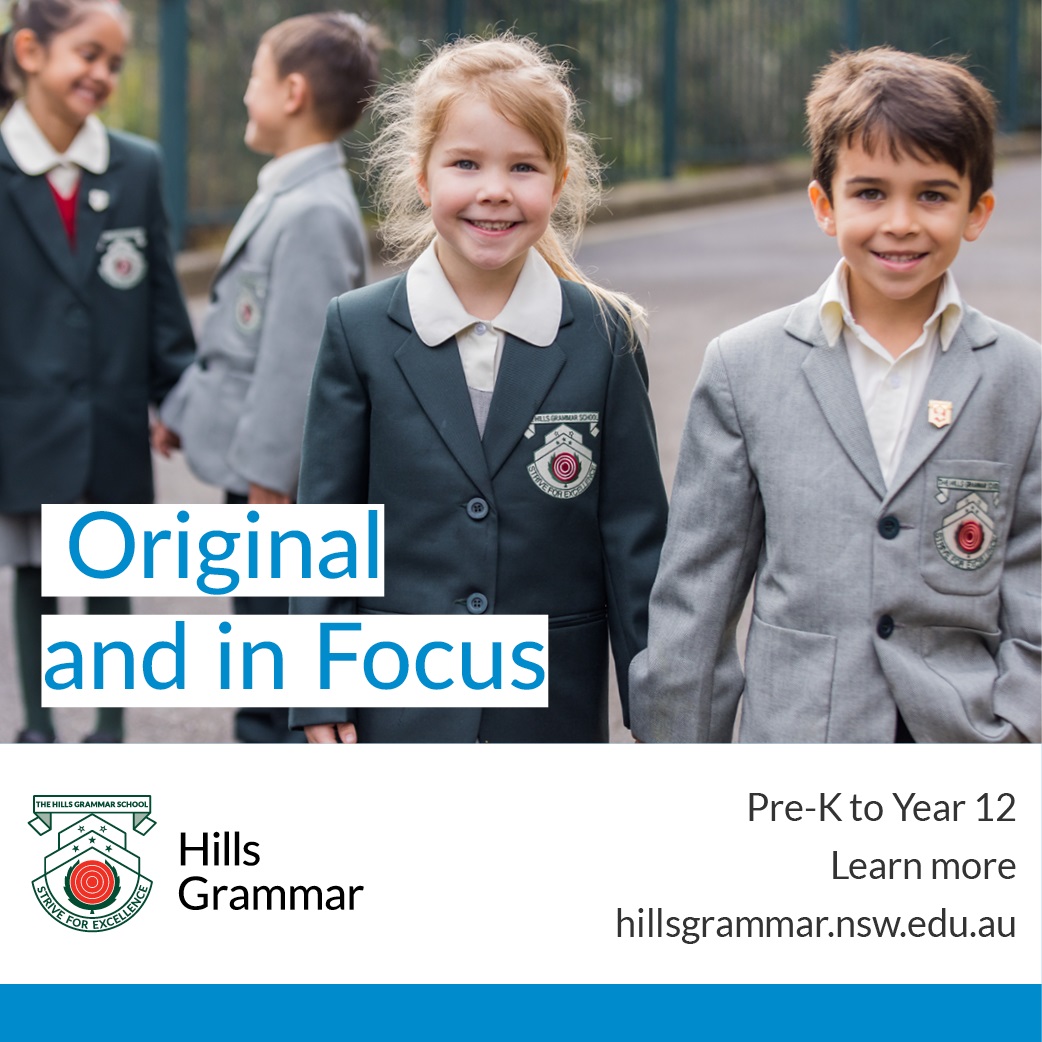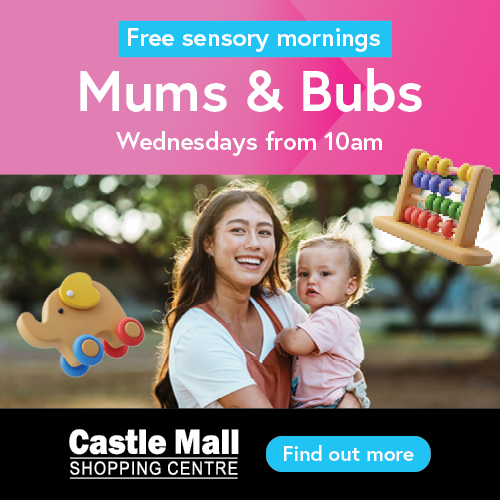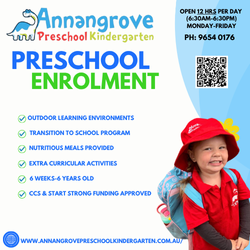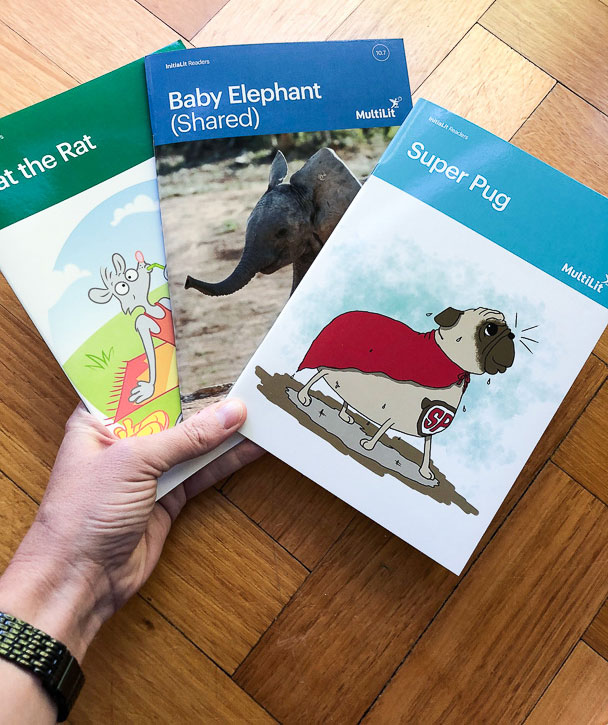
Let me start by saying I don’t have a teaching degree! But, like many mums with kids in primary school, I’ve spent a great deal of time helping my children learn how to read and there’s more to come. And that has involved hours spent with home readers. But more on that later.
Learning to read is different for every child and can be quite complicated and frustrating for the child and parent alike! But once it clicks it really is quite magical. I clearly remember the day that it clicked for my eldest. It was like she had unlocked the secret ‘code’ to reading and it all fell into place. She had been learning the sounds made by individual letters and suddenly she started blending those sounds together to make words. The sounds for ‘s’, ‘m’ ‘a’ and ‘t’ were put together to read ‘am’, ‘at’, ‘mat’, ‘sat’, ‘Sam’. Actual, whole words – a proud moment for us both!
I’ve always been a fan of the MultiLit program, a research initiative of Macquarie University. However, I thought it was only a program for those that struggled with reading. One day a friend mentioned to me that they had released IntiaLit readers and she gave them a rave review. She actually said they were the best readers she’d used with her children. Trusting her, I thought I’d give them a try with my daughter who was starting out on her learning to read journey.
The Initialit Readers are decodable readers, meaning students can ‘decode’ words using sounds they’ve learnt. They’re designed to provide children with practice in working out words in connected text using their phonic knowledge. MultiLit has now developed and released two sets of 60 phonic readers – InitiaLit-F Readers for children in their Foundation year of School and InitiaLit-1 Readers for Year 1 students.
The words in the readers follow a phonic sequence, which is very similar to the sequence introduced by schools. The front pages provide instructions to the parent/teacher reading the reader. It talks about sounds being introduced, in the case of the first book the sounds are m, s, t, a, p, i, f, and r. So you sound the letters out together and then there are words to sound out – tap, it, Pat, rat and tat plus ‘is’ and ‘a”’to get it to hang together. There’s also guidance on checking comprehension at the end of the reader to ensure your child understood what they were reading – no point if they didn’t!
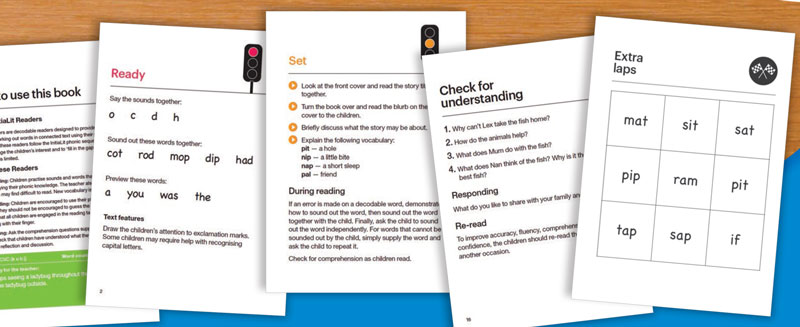

Every level introduces new letters/combinations of letters. And the first reader in every level is a shared reader, meaning the parent/teacher reads one side then child reads other side. This is to enhance the story and provide the opportunity for the parent/teacher to model fluent and expressive reading.
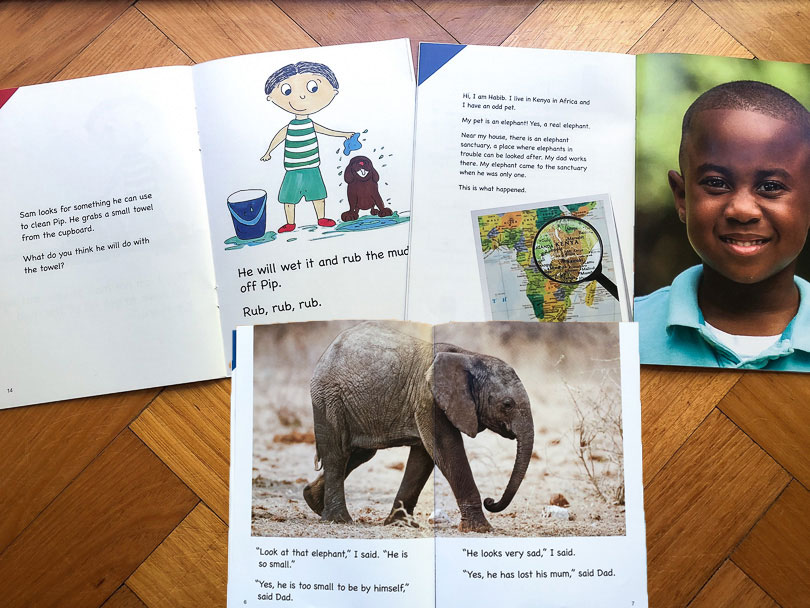
InitiaLit Readers: Shared texts
So why did I love these InitiaLit readers so much? There were a few reasons. As mentioned, they were decodable but they also had good story lines, which so many readers lack. They provided me with great instructions on how I can help my child learn to read and they had great illustrations too, assisting children with comprehension and understanding the story.
While certainly not compulsory, I’ve personally loved having both sets of readers (120 in total) for my daughter who is in Year 1. I’ve used them in addition to the readers she has brought home from school (which have been pretty ordinary at times) and this has meant we’ve had variety and better options to choose from. They have provided her with much-needed practice in applying new phonic knowledge to the reading of connected text and helped her to become an accurate decoder of words. I’ve also found them to be valuable instruction guides for me as I help her learn how to read, rather than just muddling through. The year 1 readers recently released also contain a mix of non-fiction/information texts, poems and plays which she enjoys.
The teachers I have shown are all really impressed with them too. Several have commented on how great they are and how they wish they had classroom sets of these readers.
Our verdict: A combination of decodable readers, good storylines and beautiful illustrations make them a fabulous resource to own.
Details:
InitiaLit-F Readers (Levels 1-9), first released in 2016, are designed for children in the Foundation year of school as well as students in Years 1 and 2 who require reading support.
InitiaLit-1 Readers (Levels 10-16) released in 2018 are for Year 1 students and children in Years 2 and 3 who require reading support.
More information on the InitiaLit Readers can be found here.
* We were not paid to write this review, we simply love this product and want to share our experience. The set of readers we reviewed was donated to the reading support unit at our local public school.













